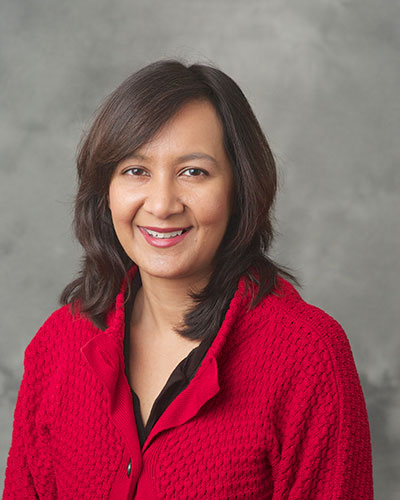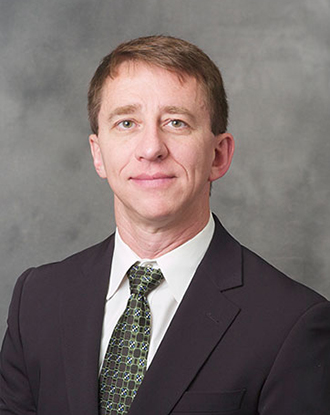What you should know about breast cancer
To close out Breast Cancer Awareness month, we reached out to a few Pacific Medical Center care providers with some important questions we could all benefit from.
According to the National Breast Cancer Foundation, on average, every two minutes a woman is diagnosed with breast cancer in the United States. Awareness matters. By being aware, we can better support each other and do what we can to maintain our own health.
Answers provided by: Dr. David M. White, Dr. Christopher Smith and Dr. Sharmila Ahmed.
When talking about breast cancer, we often put the focus on women, but it also affects men. What should people know when it comes to the ways breast cancer impacts both men and women?
Dr. White: Women with a family history, particularly with a genetic component should see their primary care physician at least 10 years before their family member’s (was diagnosed with) cancer to discuss and evaluate. Breast cancer in younger women is on the rise. Men can get breast cancer as well, and approximately 1 percent of breast cancer patients are male. Symptoms for men include breast pain; a mass; nipple changes, including discharge/blood; and breast enlargement. Men who have a family member with a genetic form of breast cancer are at an increased risk.
What advancements are happening in breast cancer treatment?
Dr. Ahmed: Treatment for breast cancer is advancing quickly. The ability to target treatment to a specific genetic mutation has now become increasingly common. Over the past few years, there have been a variety of new advancements for treatments. For advanced breast cancer with a genetic mutation — known as BRCA mutation — another new drug, Talazoparib that targets a particular pathway, was approved in October 2018.
When it comes to prevention, what do you recommend patients do to lower their risk?
Dr. Ahmed: I often get questions about how to prevent breast cancer. My response continues to be that it is important to focus on screening with mammograms and exercise. Diet may also play a role and should be rich in fruits, vegetables, fish, and olive oil. And alcohol consumption should be reduced.
How should people talk to their primary care doctors about their risk for breast cancer? What questions should they be asking?
Dr. Smith: Talk to your doctor about the best screening program for you. Women with an average risk of breast cancer — most women fall under this category — should begin yearly mammograms at age 45. Women should be able to start the screening as early as age 40, if they choose. At age 55, women should have mammograms every other year, though women who want to keep having yearly mammograms should be able to do so. Regular mammograms should continue for as long as a woman is in good health.
In your opinion, what are some of the most common misconceptions about breast cancer that people need to be aware of?
Dr. Ahmed: It is commonly thought that wearing a bra, using underarm antiperspirant, or carrying a cell phone in your bra can cause breast cancer, which is a misconception. (Another misconception is that) breast cancer always gives a sign, such as a lump, and that a mammogram is not needed.
What questions do you hear most often from your patients? And how do you answer those questions?
Dr. Ahmed: We often hear questions about treatment and the side effects. I tell my patients that side effects during treatment are variable. There are four different types of treatments, which include surgery, radiation, hormonal therapy, and chemotherapy. Surgery can cause swelling and discomfort; radiation can cause skin peeling and fatigue; hormonal therapy can cause hot flashes; and chemotherapy has the most side effects, but there are new ways to prevent side effects, including hair loss with the availability of cooling caps. Supportive medications also are given to prevent other side effects. Nowadays, most side effects are tolerated well, and many women continue to work during treatment.






